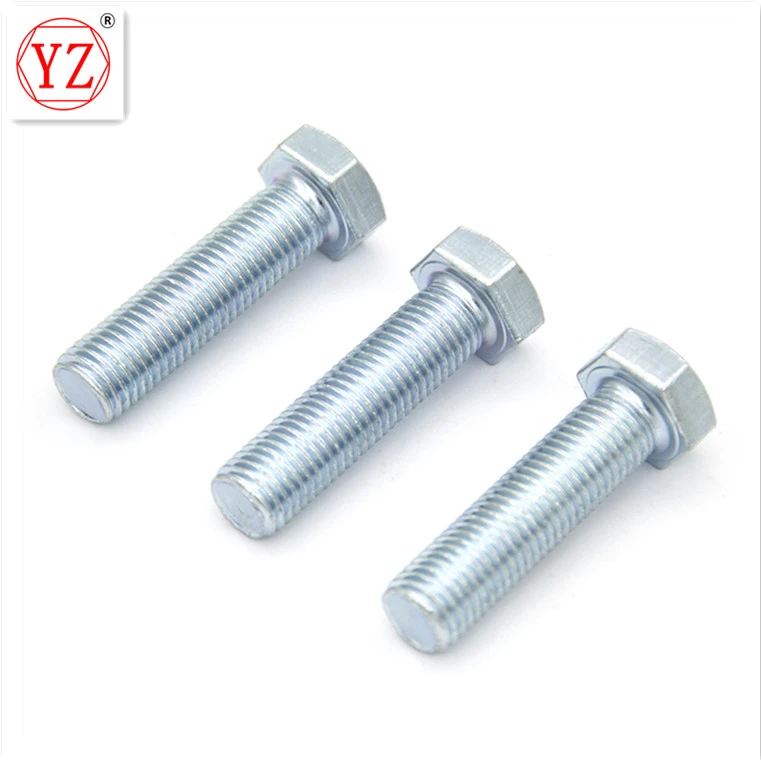climbing anchor bolts
Dec . 12, 2024 16:59 Back to list
climbing anchor bolts
Understanding Climbing Anchor Bolts A Comprehensive Guide
Climbing anchor bolts are crucial components in ensuring the safety and reliability of rock climbing and mountaineering. These metal bolts are embedded into rock formations and serve as anchor points for climbers to secure their ropes, harnesses, and various climbing gear. This article will explore the different types of anchor bolts, their installation processes, and the best practices for their use.
What Are Anchor Bolts?
Anchor bolts are typically made from high-strength steel and come in various shapes and sizes, designed to suit different types of climbing environments. They can be either fixed or removable. Fixed bolts are permanently placed into the rock, while removable bolts can be taken out after climbing. Using anchor bolts correctly can mean the difference between a safe climb and a dangerous situation.
Types of Anchor Bolts
1. Expansion Bolts These are among the most commonly used fixed anchors. When installed, they expand against the rock's interior, creating a strong and secure hold. The installation requires a special drill bit to create a hole where the bolt will be placed.
2. Glue-In Bolts As the name suggests, these bolts are secured using epoxy resin. After the hole is drilled, an adhesive is injected, and the bolt is inserted. Glue-in bolts are particularly effective in softer or fractured rock where traditional expansion bolts may not perform well.
3. Threaded Bolts These bolts allow for quick removal and reinstallation, making them perfect for routes that might require frequent alterations. They use a nut and washer system, providing a flexible yet secure option.
4. Pitons While not bolts in the traditional sense, pitons are metal spikes that are hammered into cracks in the rock. They serve as a temporary anchor and are often used in traditional climbing styles.
climbing anchor bolts

Installation Process
Installing an anchor bolt requires proper techniques and the right tools. Climbers first assess the rock face to find a suitable location with solid, unfractured rock. After choosing the spot, they drill a hole to the appropriate depth—this can range depending on the type of bolt and rock conditions. The next step involves cleaning the hole to remove dust and debris, ensuring maximum adhesive contact for glue-in bolts or proper anchoring for expansion bolts. Finally, the anchor bolt is inserted and secured, either by tightening a nut or allowing the adhesive to cure.
Best Practices for Using Anchor Bolts
1. Inspect Regularly Always inspect anchor bolts before climbing. Check for signs of wear, corrosion, or rock degradation. If an anchor seems compromised, it is crucial to seek an alternative or replace it.
2. Use Proper Techniques Ensure that you use the right method for attaching climbing gear to the anchor. A locking carabiner is essential to prevent accidental uncliping.
3. Understand Load Distribution When multiple climbers are using a single anchor point, it’s important to understand how weight is distributed. Climbing in a team means that your anchor needs to be able to handle the combined forces exerted on it.
4. Leave No Trace Consider the environment when placing fixed anchors. Over-placing bolts can detract from the natural beauty of climbing areas and lead to further erosion. Whenever possible, use removable gear.
Conclusion
Climbing anchor bolts offer vital safety measures for climbers. Understanding the different types, proper installation, and maintenance of these anchors can make a significant difference in climbing experiences. Regardless of whether you are a seasoned climber or a beginner, prioritizing safety and responsibility when using anchor bolts will ensure not only your safety but also the preservation of climbing areas for future generations. Always remember your safety is paramount, and respecting the rock and its ecosystem should be at the core of every climbing adventure.
Latest news
-
Premium Phosphated Drywall Screws Supplier | Durable, Rust-Resistant
NewsAug.27,2025
-
Reliable Wire Bolts Suppliers | Quality Zinc Plated Fasteners
NewsAug.26,2025
-
Wire Bolts Suppliers: Durable & Reliable Fasteners for Every Project
NewsAug.25,2025
-
Premium Cabinet Bolts Supplier | Wholesale & Custom Solutions
NewsAug.24,2025
-
Reliable Axle Nuts Supplier | Quality & Precision Fasteners
NewsAug.23,2025
-
Durable Bolts for Lawn Mower Handle - Top Supplier & Manufacturer
NewsAug.22,2025
